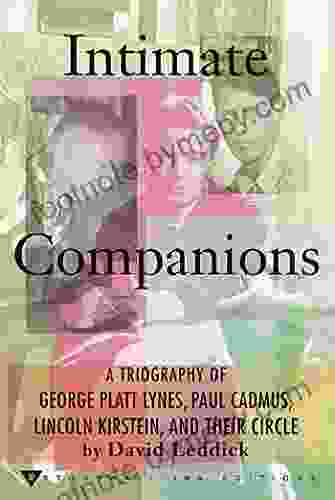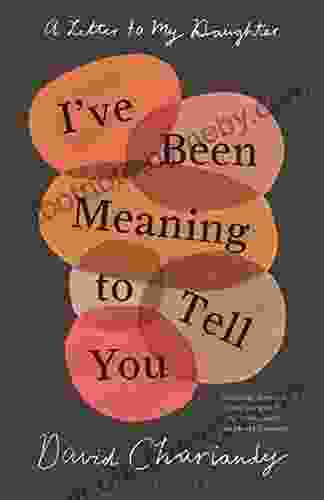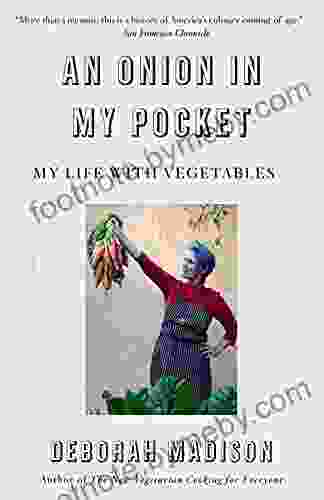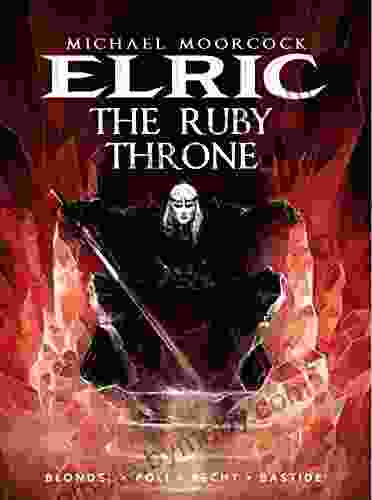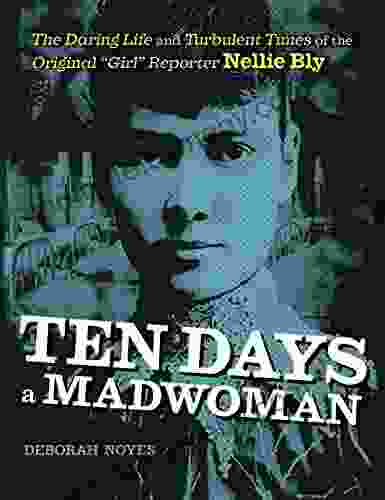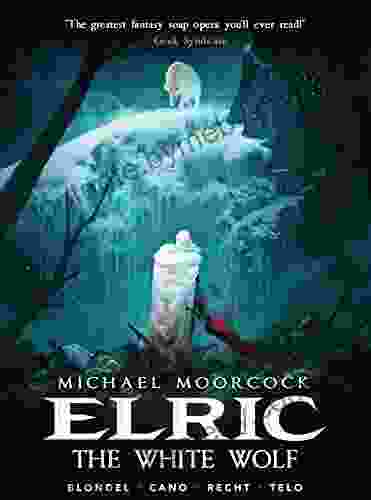: Into the Realm of Three Extraordinary Artists

4.7 out of 5
| Language | : | English |
| File size | : | 16693 KB |
| Text-to-Speech | : | Enabled |
| Screen Reader | : | Supported |
| Enhanced typesetting | : | Enabled |
| Word Wise | : | Enabled |
| Print length | : | 337 pages |
In the heart of New York City's bustling art scene, during the first half of the 20th century, three extraordinary individuals intertwined their lives and talents, forming an unbreakable bond that shaped both themselves and the cultural landscape.
George Platt Lynes, the enigmatic master of photography, captured the essence of beauty and desire in his alluring images. Paul Cadmus, the witty and provocative painter, celebrated the complexities of urban life and human nature. Lincoln Kirstein, the brilliant impresario and literary patron, nurtured and supported the talents of countless artists, including these two close associates.
A Friendship Forged in Youth
Their paths crossed in the early 1920s at Harvard University, where they shared a passion for the arts. Lynes, with his keen eye for aesthetics, found inspiration in Cadmus's vibrant sketches. Kirstein, drawn to the world of ballet, saw in Cadmus a talent that could translate the grace and movement of dance onto the canvas.
As they graduated and ventured into the New York art scene, their friendship and mutual admiration only deepened. They frequented the bohemian gatherings at Gertrude Stein's salon and the bohemian clubs of Greenwich Village, where they engaged with other influential figures in the arts.
Lynes's Magnetic Photography

Lynes's photography quickly gained recognition for its exquisite composition and sensitivity to form. His images captured the essence of the human figure, often presenting his subjects in candid and intimate poses. His homoerotic photographs pushed the boundaries of social conventions and celebrated the beauty of the male body.
Lynes's photographs were not merely documentation but also expressions of his own artistic vision and desire. He believed that photography could convey a profound depth of emotion and explore the hidden aspects of human sexuality.
Cadmus's Provocative Paintings
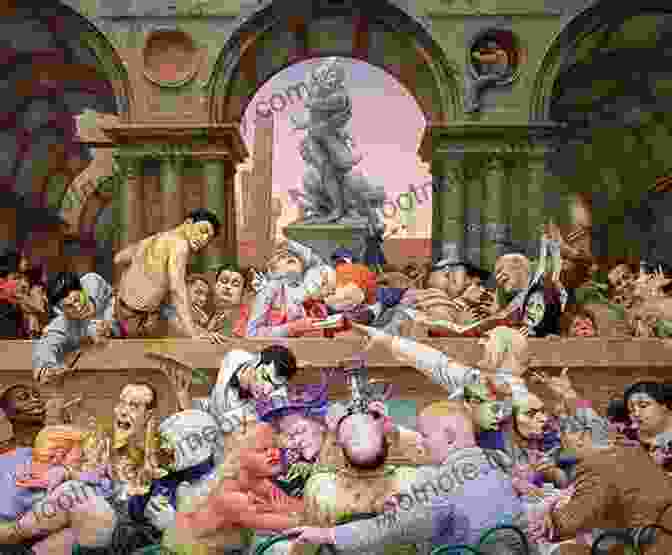
While Lynes's work focused on isolated figures, Cadmus's paintings depicted the bustling tapestry of urban life. His satirical and witty style celebrated the diversity and complexities of New York City. His canvases overflowed with characters from all walks of life, from society ladies to street vendors, each with their own unique story to tell.
Cadmus's work was often controversial, challenging social norms and exposing the hidden hypocrisies of his time. His depictions of homosexuality and class inequalities sparked both admiration and outrage.
Kirstein's Literary Patronage
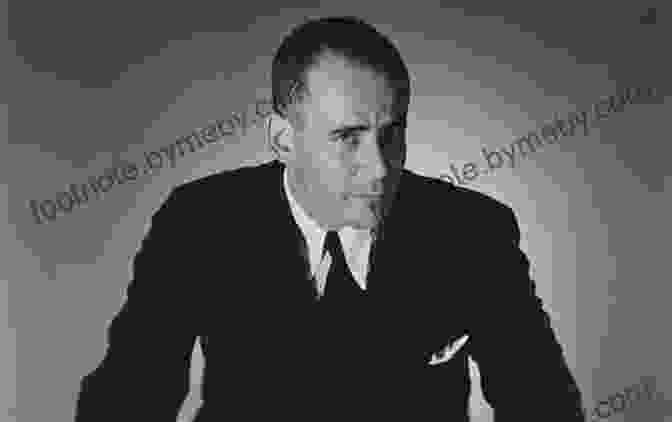
At the heart of this trio, Lincoln Kirstein played the role of the catalyst and patron. A man of immense wealth and influence, he used his resources to support the work of promising artists, including Lynes and Cadmus.
Kirstein's passion for ballet led him to establish the School of American Ballet and the New York City Ballet. He also founded the literary magazine, The Hound & Horn, which published the works of young and established writers, including Gertrude Stein, William Faulkner, and Edmund Wilson.
Through his patronage, Kirstein played a pivotal role in shaping the American cultural landscape. He fostered an environment where artists could experiment, innovate, and push the boundaries of their respective fields.
The Enigma and the Legacy
The relationship between Lynes, Cadmus, and Kirstein was complex, sometimes fraught with tension but always grounded in mutual respect and admiration. They shared a deep understanding of the power of art to provoke, challenge, and inspire.
Their individual achievements and their collective influence left an indelible mark on the art world. Their works continue to be exhibited in prestigious museums and galleries, inspiring generations of artists and art enthusiasts alike.
Exploring Their World in Print
To delve deeper into the fascinating world of these three extraordinary individuals, we highly recommend the captivating book, "Triography: George Platt Lynes, Paul Cadmus, Lincoln Kirstein



